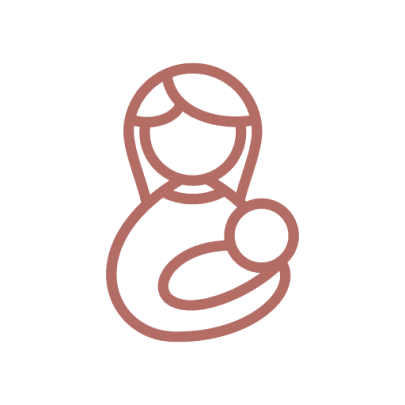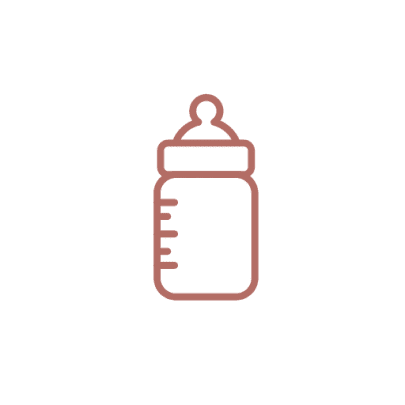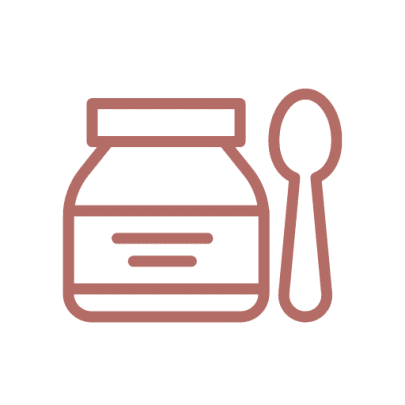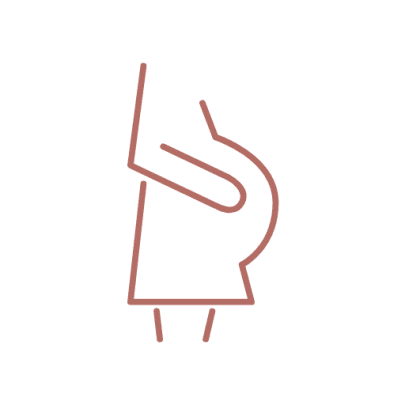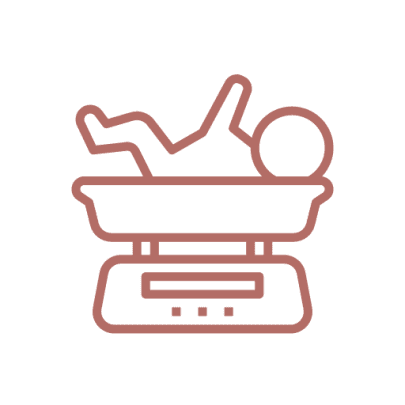You’re not born with me, yet I’m created for the healthy growth of your baby. I’m like your womb’s nanny – ensuring that nutrients find their way into your baby. When my job’s done, I’m discarded, examined, turned into art, or made into a breakfast smoothie. No, I’m not your tonsils!… I’m a Placenta!
………………….
The placenta is the lifeline between a mother and her baby in the womb, linked by the umbilical cord to the wall of the uterus. It is the only organ in the body that develops for a specific purpose, and is then discarded when no longer needed.
The word placenta comes from the Latin word for “cake”, because of its round, flat appearance. It is made up of half of the mother’s cells and half of her baby’s cells. Not pretty by any stretch of the imagination, the placenta, which is covered in veins and blood, is a lumpy, chunky, complex piece of biological equipment. Ensuring that a mother’s blood and her baby’s blood come into close contact, it allows for nutrients, oxygen and carbon dioxide to pass between the two without ever mixing. You could say it’s the lung, kidney and digestive system for a baby during pregnancy.
The placenta starts developing in the first trimester of pregnancy, but only takes over progesterone production in the second trimester. It is responsible for the production of Human Chorionic Gonadotropin, or hCG, known as the pregnancy hormone, which can be found in your blood stream as early as 10 days into pregnancy. It’s generally how you would confirm pregnancy – using a urine or blood test to detect hCG. In the case of multiple births, identical twins will usually share a placenta, while non-identical twins will each have their own placenta. Weighing over 600 grams by the end of pregnancy, the placenta accounts for some (but not all!) of your pregnancy weight.
A number of somewhat unusual ways to ensure a placenta’s longevity after birth have developed, and in fact go as far back as medieval times.
In some cultures, placentas are revered and thought to hold the spirit of a baby’s twin. They are greatly respected by Maori, and returned to the land. Intricate placenta burial ceremonies are held and the buried placenta is used to nourish a planted tree – as the baby grows, so the tree grows. Burying placentas like this is becoming very common in New Zealand, not just with Maori whanau.
*If you want to save your baby’s placenta you will need to note this in your Birth Plan. Then store the placenta in the freezer until you are ready to plant it.*
Ever thought about frying a placenta for dinner or whipping up a placenta smoothie for breakfast? This is perhaps still a little taboo or just plain gross to many people, but it is supposedly a highly nutritious meal, thought to prevent postpartum depression. Some women even dry their placenta and consume it in capsule form, which is slightly more palatable!
In fact, human and animal placenta has been used in some cosmetics for years, but only very recently have cosmetic companies had to advertise this fact. (Apparently some hormones that can be extracted from the placenta help promote tissue growth, thereby minimising wrinkles.)
While no one’s proposing a National Placenta Day, it’s important to recognise this somewhat temporary life-giving organ and the important role it plays in your pregnancy.

